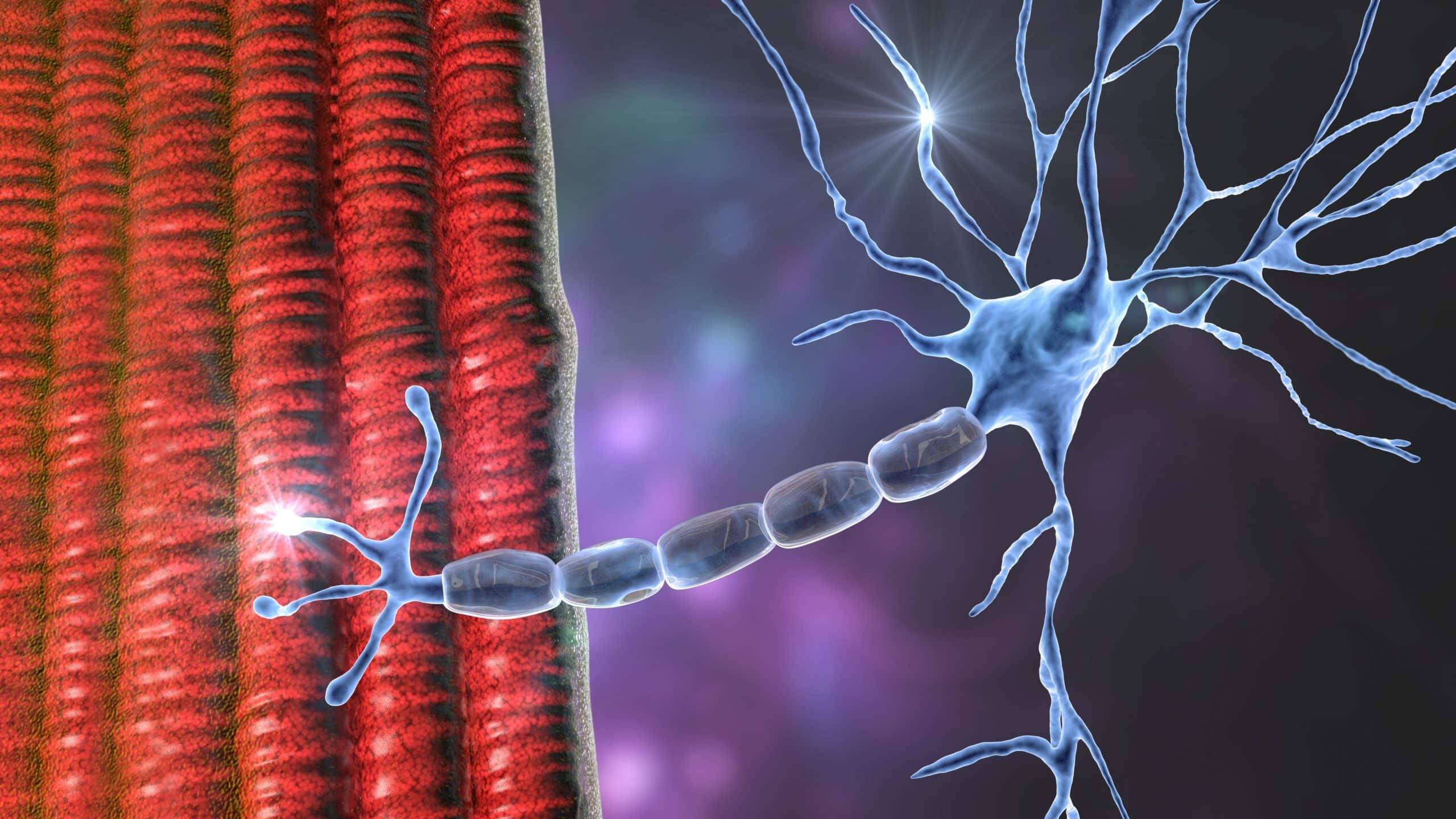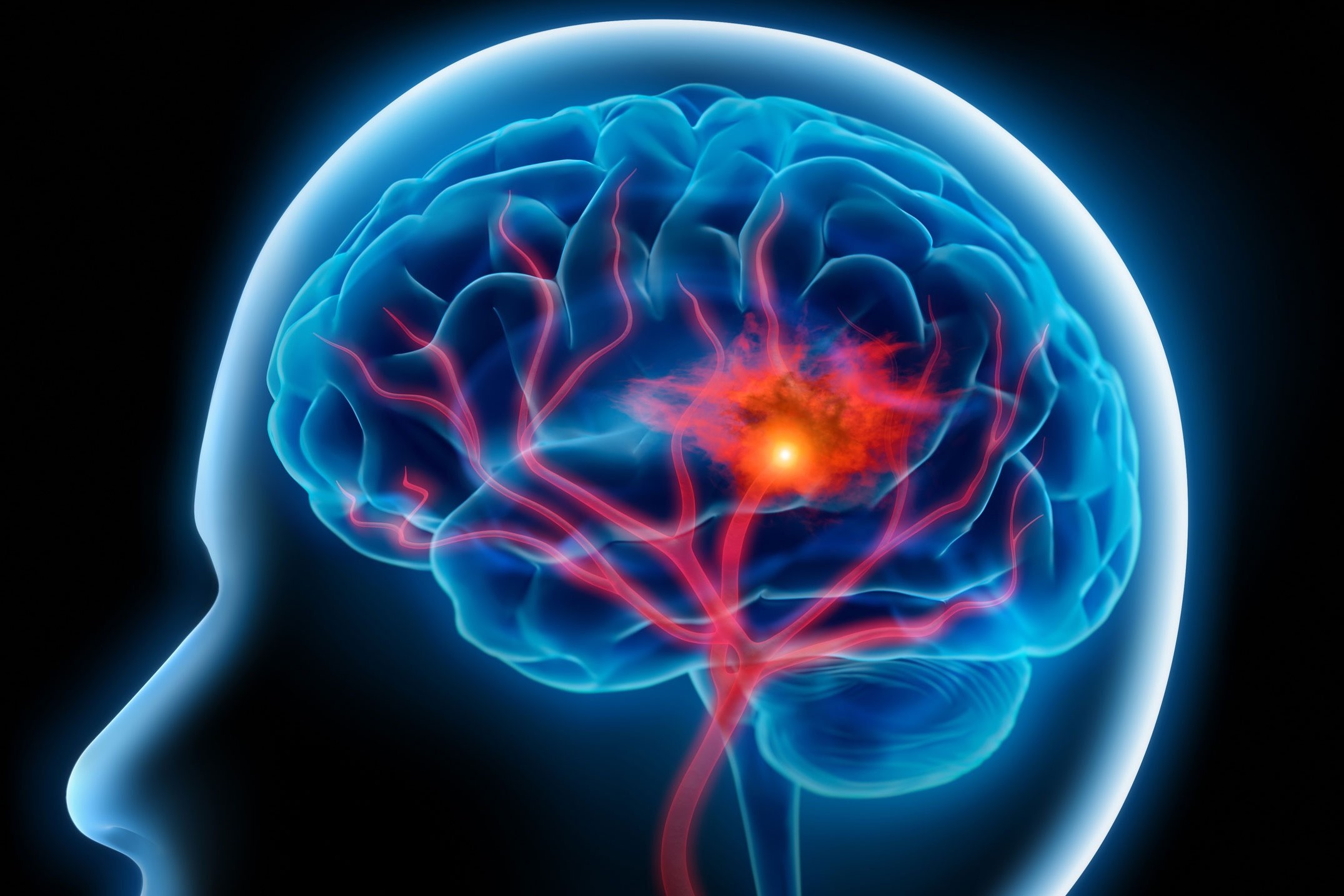
What is Lambert-Eaton Myasthenic Syndrome (LEMS)? It's a rare autoimmune disorder where the immune system mistakenly attacks the neuromuscular junction, the connection between nerve cells and muscle fibers. This leads to muscle weakness, especially in the legs and arms. Often linked to small-cell lung cancer, LEMS affects about 3.4 per million people worldwide. Symptoms can include dry mouth, constipation, and blurred vision due to autonomic nervous system disruption. Diagnosis involves electromyography and blood tests for specific antibodies. Treatments range from cancer therapy to immunosuppressants and medications that improve nerve-muscle communication. Understanding LEMS is crucial for proper diagnosis and management.
Key Takeaways:
- Lambert-Eaton Myasthenic Syndrome (LEMS) is a rare autoimmune disorder that affects the neuromuscular junction, causing muscle weakness. It is often associated with small-cell lung cancer and can impact daily life significantly.
- Understanding LEMS symptoms, diagnosis, and treatment is crucial for managing this condition effectively. Regular exercise, adequate sleep, and cancer screening are important for improving quality of life and prognosis.
Understanding Lambert-Eaton Myasthenic Syndrome
Lambert-Eaton Myasthenic Syndrome (LEMS) is a rare autoimmune disorder that affects the neuromuscular junction. This condition can significantly impact daily life, so understanding its key aspects is crucial.
-
Definition and Synonyms: LEMS is also known as Eaton-Lambert syndrome, Lambert-Eaton syndrome, and myasthenic syndrome of Lambert Eaton.
-
Autoimmune Nature: LEMS occurs when the immune system mistakenly attacks the neuromuscular junction, impairing communication between nerve cells and muscle fibers.
Prevalence and Demographics
LEMS is not a common condition, and its occurrence varies among different groups of people.
-
Prevalence: LEMS affects approximately 3.4 per million people worldwide, making it a rare disorder.
-
Age of Onset: Typically, LEMS occurs in individuals over 40 years old, though it can appear at any age. Peaks in diagnosis are around 35 and 60 years old.
-
Gender Distribution: More common in people assigned male at birth (AMAB), especially those with a history of smoking. Both sexes are equally affected in cases without an underlying malignancy.
Association with Cancer
A significant number of LEMS cases are linked to cancer, particularly small-cell lung cancer (SCLC).
- Cancer Association: About 60% of LEMS cases are associated with small-cell lung cancer. Symptoms often precede cancer detection, with older patients and long-term smokers being more affected.
Symptoms and Diagnosis
Recognizing the symptoms and understanding the diagnostic process is vital for managing LEMS effectively.
-
Symptoms: Muscle weakness, especially in the proximal muscles of the legs and arms, is the primary symptom. This can make activities like climbing stairs or rising from a sitting position difficult.
-
Relief of Symptoms: Muscle weakness often temporarily improves after exertion or physical exercise. High temperatures can worsen symptoms.
-
Autonomic Nervous System Disruption: Three-quarters of people with LEMS experience symptoms like dry mouth, constipation, blurred vision, impaired sweating, and orthostatic hypotension due to autonomic nervous system disruption.
-
Neurological Examination: Weakness demonstrated with normal testing of power is often less severe than expected. Strength improves with repeated testing, known as "Lambert's sign." Reflexes are typically reduced at rest but increase with muscle use.
-
Diagnostic Tests: Diagnosis is confirmed with electromyography (EMG) and nerve conduction studies (NCS), which help distinguish LEMS from myasthenia gravis.
-
Blood Tests: Blood tests may reveal autoantibodies against presynaptic voltage-gated calcium channels, characteristic of LEMS.
Treatment Approaches
Managing LEMS involves various treatment strategies, especially when associated with cancer.
-
Treatment Approaches: If associated with cancer, treating the cancer often relieves LEMS symptoms. Other treatments include steroids, azathioprine, intravenous immunoglobulin, and medications like pyridostigmine and 3,4-diaminopyridine to enhance neuromuscular transmission.
-
Plasma Exchange: In some cases, plasma exchange may be necessary to remove the antibodies causing the condition.
Quality of Life and Management
Living with LEMS can be challenging, but understanding how to manage symptoms can improve quality of life.
-
Quality of Life Impact: Symptoms can significantly impact daily life. Regular exercise and adequate sleep help manage symptoms, though high temperatures can worsen them.
-
Differential Diagnosis: LEMS must be differentiated from myasthenia gravis, which has different symptoms and diagnostic criteria. Eye signs are more common in myasthenia gravis, whereas leg weakness is more pronounced in LEMS.
Screening and Prognosis
Early detection and regular monitoring are crucial for managing LEMS, especially due to its association with cancer.
-
Cancer Screening: Given the association with small-cell lung cancer, patients diagnosed with LEMS should undergo thorough cancer screening. Symptoms can begin months or years before cancer diagnosis.
-
Genetic Link: There may be a genetic link to autoimmune diseases in general, although the exact cause of LEMS in non-cancer cases remains unclear.
-
Treatment for Non-Cancer Cases: For cases without an underlying malignancy, treatments focus on immunosuppression and improving neuromuscular transmission. Medications like steroids and intravenous immunoglobulin are commonly used.
-
Prognosis and Management: Prognosis varies depending on the presence of underlying cancer. Effective cancer treatment can significantly improve LEMS symptoms. Regular follow-up is essential to monitor for any signs of cancer and adjust treatment accordingly.
Understanding Lambert-Eaton Myasthenic Syndrome
Lambert-Eaton Myasthenic Syndrome (LEMS) is a rare autoimmune disorder that disrupts the neuromuscular junction, leading to muscle weakness, especially in the legs and arms. Often linked to small-cell lung cancer, LEMS can significantly impact daily life. Symptoms like dry mouth, constipation, and blurred vision are common due to autonomic nervous system disruption. Diagnosis involves electromyography, nerve conduction studies, and blood tests for specific autoantibodies. Treatment varies, focusing on cancer management if present, immunosuppressants, and medications to improve neuromuscular transmission. Regular exercise and adequate sleep can help manage symptoms, though high temperatures may worsen them. Early detection and treatment are crucial for improving quality of life. Understanding LEMS, its symptoms, and treatment options can lead to better management and outcomes for those affected.
Frequently Asked Questions
Was this page helpful?
Our commitment to delivering trustworthy and engaging content is at the heart of what we do. Each fact on our site is contributed by real users like you, bringing a wealth of diverse insights and information. To ensure the highest standards of accuracy and reliability, our dedicated editors meticulously review each submission. This process guarantees that the facts we share are not only fascinating but also credible. Trust in our commitment to quality and authenticity as you explore and learn with us.


